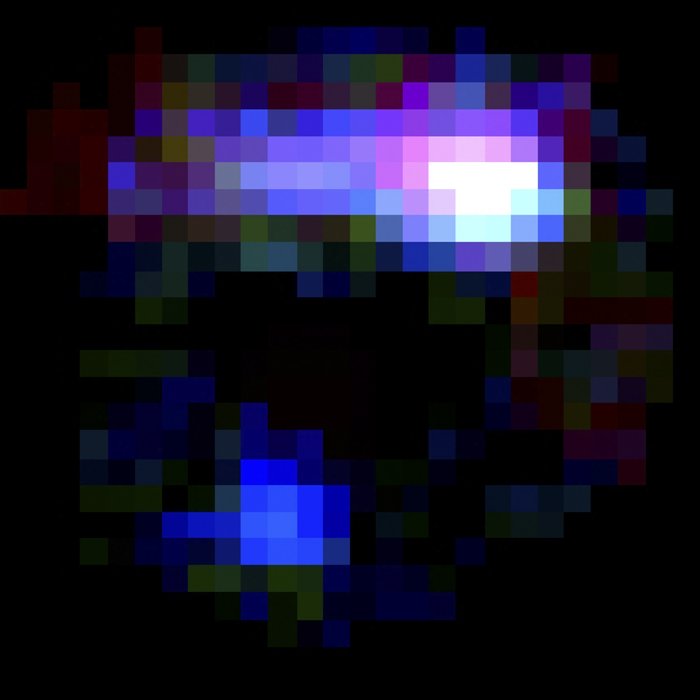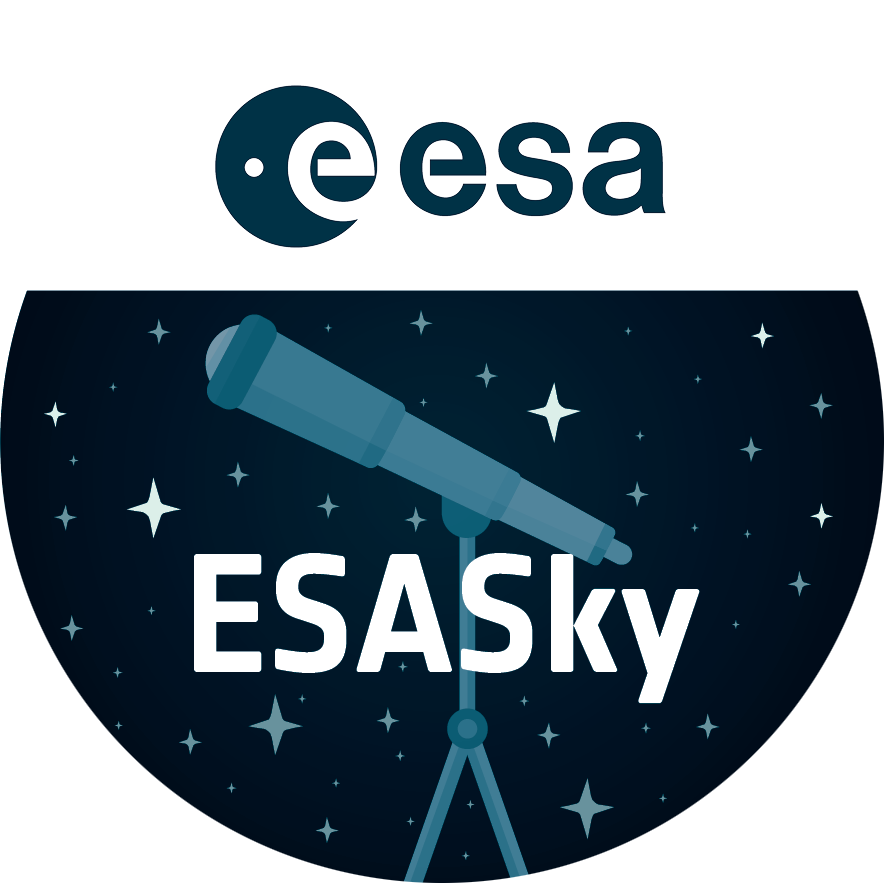IRC 0218 lensing feature without foreground cluster
This NASA/ESA Hubble Space Telescope image shows a region containing the most distant cosmic lens yet found, a massive elliptical galaxy whose powerful gravity is magnifying the light from a faraway galaxy behind it.
In this image astronomers have subtracted the image of the giant red elliptical to show a more distant spiral galaxy. The glow of young stars makes the galaxy appear blue. The white area at upper right is probably a region of star formation.
Links:
Credit:About the Image
About the Object
| Name: | IRC 0218 |
|---|---|
| Type: | Early Universe : Galaxy : Type : Elliptical Early Universe : Galaxy : Type : Gravitationally Lensed Early Universe : Cosmology : Phenomenon : Lensing |
| Distance: | 10 billion light years |
| Constellation: | Cetus |
| Category: | Galaxies |
Wallpapers
Coordinates
| Position (RA): | 2 18 21.54 |
|---|---|
| Position (Dec): | -5° 10' 19.85" |
| Field of view: | 0.03 x 0.03 arcminutes |
| Orientation: | North is 2.6° right of vertical |
Colours & filters
| Band | Wavelength | Telescope |
|---|---|---|
| Optical g | 475 nm |
Hubble Space Telescope
ACS |
| Optical I | 814 nm |
Hubble Space Telescope
ACS |
| Infrared Z | 1.05 μm |
Hubble Space Telescope
WFC3 |
| Infrared J | 1.25 μm |
Hubble Space Telescope
WFC3 |
| Infrared H | 1.6 μm |
Hubble Space Telescope
WFC3 |


